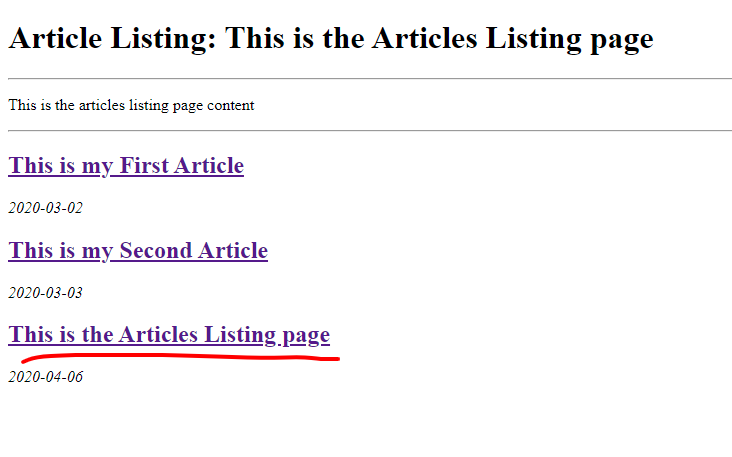Hey everyone!
Over the last year, I’ve been trying to get into Static Site Generators as they are very well suited for a couple of projects I have in my mind. However, I’ve stumbled on the problem that I’m not “techy” enough to understand how to customize one to my needs. I am very good with HTML/CSS but not that much with imperative programming. And I’ve discovered that, from my perspective, SSGs are built “by power users for power users”. And that’s frustrating.
So far I’ve experimented a bit with Hugo and Eleventy. And I haven’t got very far. What I need is the ability to create custom taxonomies, allowing me to group posts in groups as I need them. For example, many SSGs put blog posts in the /posts section. I don’t like that. Instead, I need /blog, but also /articles and /resources and /directory and many other such taxonomies, each one with its specific parameters.
I like the simplicity of Eleventy and I would like to go on further with this product. But I don’t know how to get further. Can you point me to any resources that can explain the process for less technical people?
Thanks!



